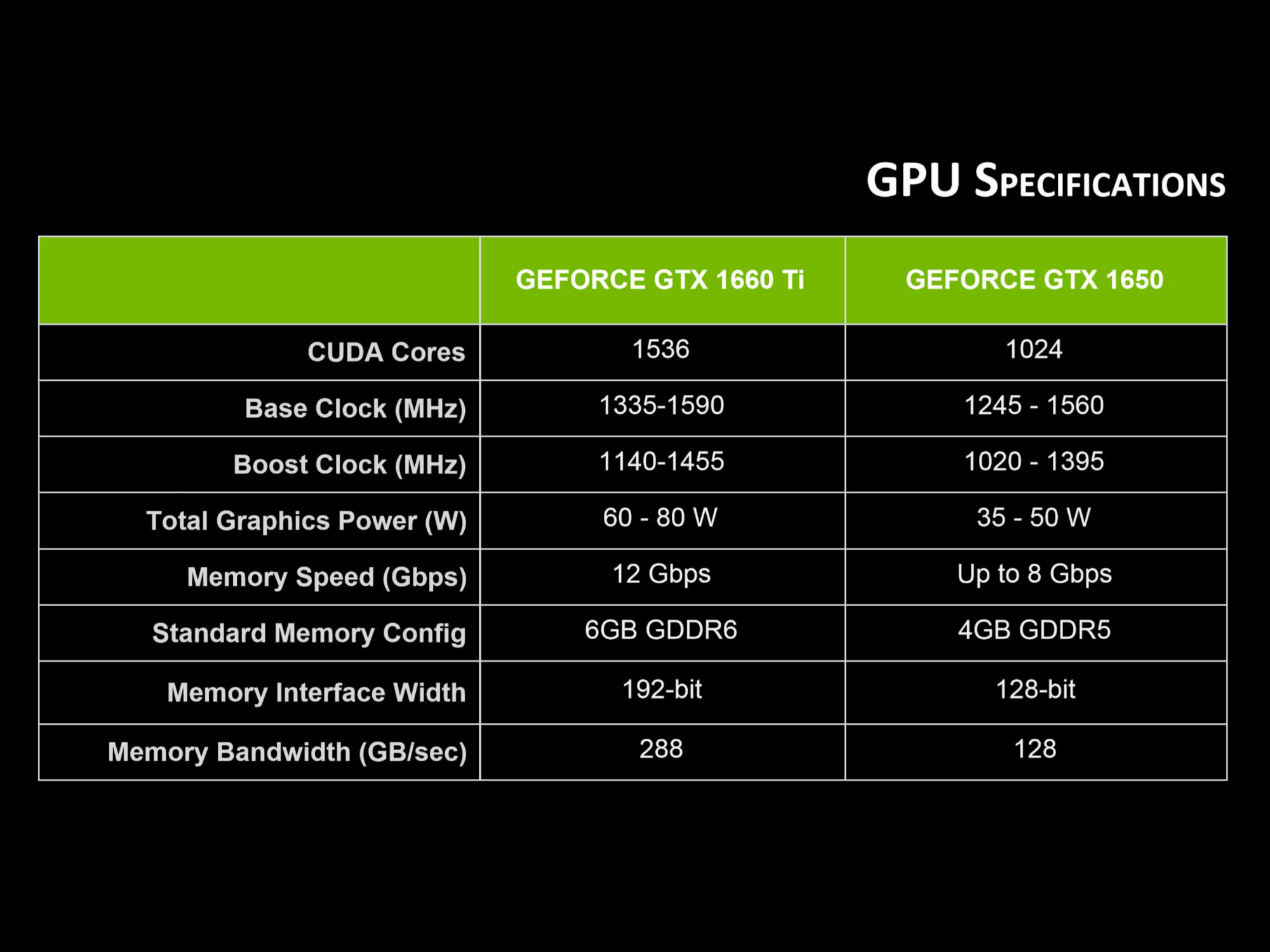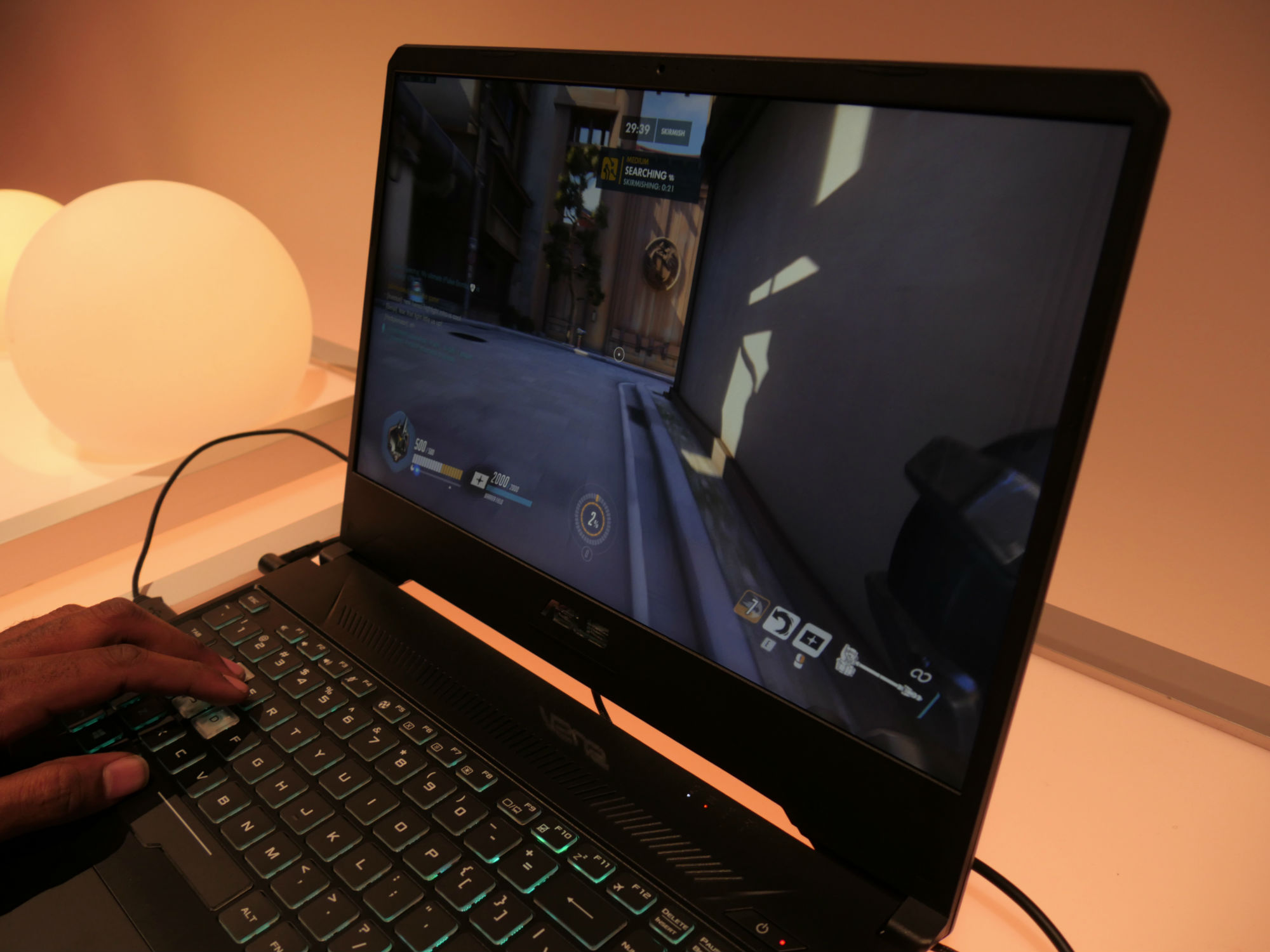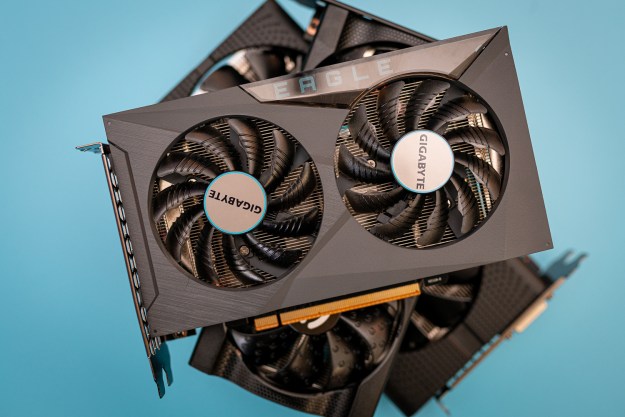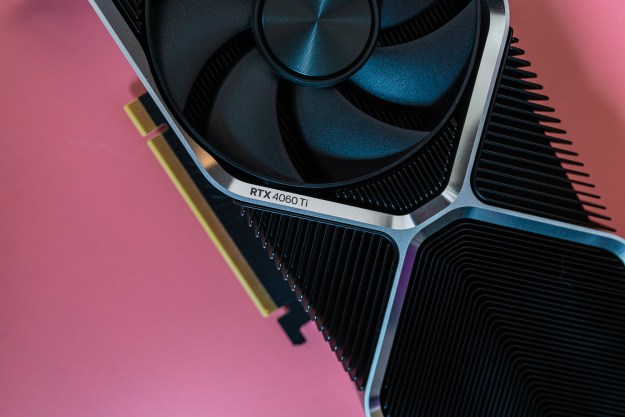Nvidia announced the GTX 1660 Ti and GTX 1650, two mobile graphics cards that fill out the more affordable side of the lineup. These cards will appear in new gaming laptops coming out as early as this month, starting at prices as low as $799.
They replace the aging 10-series mobile cards such as the GTX 1060, GTX 1050 Ti, and GTX 1050, offering access to the newer Turing architecture at more affordable prices. The desktop versions of these new cards were announced in March. Strangely, a mobile GTX 1660 has been left out, leaving an odd hole in Nvidia’s 16-series lineup.

The GTX 1660 Ti offers a 17% boost in CUDA cores over 10-series cards like the 1060, which naturally add a bump in performance. Nvidia claims there’s more the Turing architecture offers, though. Advancements like concurrent floating point and integer allow processing the same amount of instructions at a much faster rate. Other important benefits of the architecture include adaptive shading (which just got integrated into DirectX 12) and unified cache to allow for quicker access to fast storage. All these features give stronger advantages to modern and future games that utilize these advanced graphics techniques.
What kind of performance can you expect? Well, until we can test them out ourselves, all we have now are Nvidia’s numbers. The company says the GTX 1660 Ti will perform at 1.5 times the speed of the GTX 1060 in a game like Call of Duty: Black Ops 4 or Wolfenstein II. Meanwhile, you can expect up to 100 FPS (frames per second) in lighter games like Fortnite or Apex Legends with settings at high. That means we’ll probably see configurations offered with high refresh screens with the 1660 Ti. Nvidia also says performance is comparable to the RTX 2060, averaging framerates of around 5 or 10% less depending on the game.
As for the GTX 1650, Nvidia claims you can expect a 70% increase in performance over the GTX 1050 and 60 FPS in modern battle royale games at high settings. These represent the bottom of Nvidia’s new lineup and round out the options for
What about real-time ray tracing? Technically, yes, both cards have the feature enabled. But without the hardware acceleration provided by RT cores that appear in RTX cards, it’s not recommended. The same goes for higher resolution gaming. Nvidia says neither the 1650 or 1660 Ti is designed to play games beyond 1080p, though some high-resolution configurations may get released for content creation laptops. In the past, we saw

Nvidia has also brought back the Max-Q thermal specification for these cards. Though Max-Q has been a bit of a mess in laptops with RTX cards, Nvidia is tightening the reins a bit for the GTX 1660 Ti and GTX 1650. The mobile 1660 Ti has a 80-watt TDP, while the Max-Q version brings it down to 60 watts. The GTX 1650 Max-Q brings its TDP down from 50 watts to 35.
While high-end
Lastly, Nvidia also introduced a desktop version of the GTX 1650, which will have a starting price of $149. That is a price increase over both the GTX 1050 and 1050 Ti, though there is bound to be some wiggle room among different third-party manufacturers.
Editors' Recommendations
- The best GPUs if you’re upgrading from a GTX 1650
- AMD might have a new graphics card next month, too
- Acer’s new gaming laptop bring Nvidia RTX 40-series GPUs under $1,000
- Nvidia doesn’t want you to know about its controversial new GPU
- Even Nvidia’s partners don’t believe in the new RTX 4060 Ti



